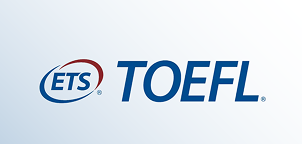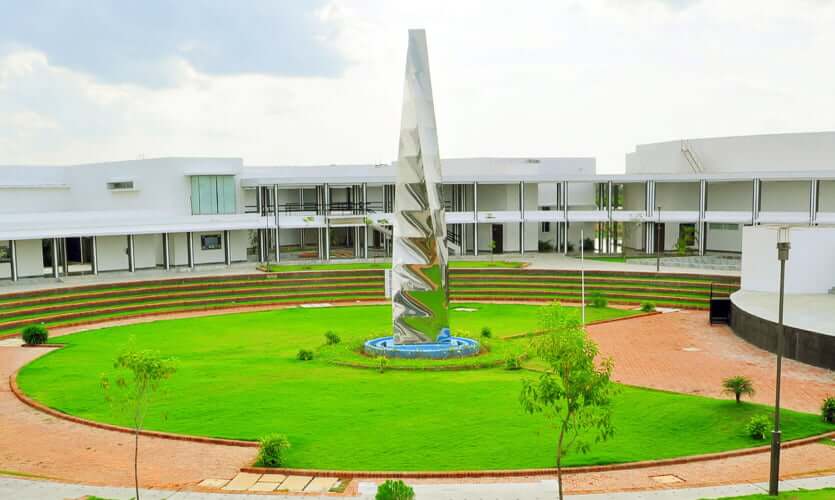Cloud Computing Architecture
Learn cloud computing architecture from basics in this free online training. Cloud computing architecture course is taught hands-on by experts.Learn how does cloud computing works and types of cloud computing deployment in details

Ratings
Level
Learning hours

Learners
Skills you will learn
About this course
The Cloud Computing domain is a very demanding and complex domain to choose for your career. You will understand the fundamentals of Cloud Computing, its architecture, and cloud deployment types. This course will teach you the working model of cloud computing. Next, you will be introduced to various cloud computing platforms that provide thousands of services. Moving ahead, you will learn about different approaches to cloud deployment. The knowledge gained through the course will make you familiar with the architecture of cloud computing. You will be awarded a course completion certificate after taking the quiz at the end of the course.
Are you up for advancement in your cloud computing skills? Make no delay and choose one of our best Cloud Computing courses that lets you gain in-demand skills and start your successful journey in this domain.
Course Outline
In this module, you will understand the two main divisions of cloud computing, frontend and backend, that contributes to the working model of cloud computation. The tutor will brief you about the frontend and backend in detail to help you understand how these work together as a single unit with the help of middleware. Next, the tutor will talk about middleware and its importance in cloud computing. Later, you will be familiarized with the redundancy of data in cloud computation. Lastly, you will learn the reasons behind data redundancy in cloud computing.
Cloud computing deployment can be done using any of its four types. Each type has its own benefits and features. This module will cover these four types of cloud deployment: public, private, hybrid, and community cloud. You will go through each type of cloud deployment in detail, as the tutor explains with some examples.
Here you will get familiar with the key concept, Cloud Computing Architecture and the important concepts that make up the architecture: the frontend and backend. Next, you will understand the management software responsible for managing various operations and cloud services. Later, the tutor will help you learn about hypervisor that assigns virtual operating services to the users. You will also be familiarized with the deployment tools needed to run cloud services. And lastly, you will understand the difference between cloud and on-premise architecture.
In this module, you will understand some common drawbacks of just using cloud computing for your data and other services. The tutor will talk about the major drawback of only using the cloud, which is a dependency on the internet and security. Lastly, you will understand some other drawbacks in brief, like downtime and vendor lock-in.
 UPGRADE
UPGRADE
Recommended university programs
What our learners enjoyed the most
Skill & tools
61% of learners found all the desired skills & tools
Frequently Asked Questions
Will I receive a certificate upon completing this free course?
Is this course free?
What are the prerequisites required to learn this Cloud Computing Architecture course?
Learning this cloud computing architecture course doesn’t require any prerequisites. Any learner with little or no knowledge of the Cloud can enroll in the course and develop a basic understanding of cloud computing architecture.
How long does it take to complete this free Cloud Computing Architecture course?
The free course is self-paced with a one-hour duration of video content. Learners can plan and finish the modules at their own pace.
Will I have lifetime access to this free course?
Yes, the free course comes with lifetime access. Learners can access this course anytime they want without any nudge.
Cloud Computing Architecture
Cloud computing architecture is a fundamental framework that underlies the operation of cloud computing services. It encompasses the arrangement of various components and technologies that enable the delivery of on-demand computing resources over the Internet. This architecture has evolved over the years to meet the increasing demand for scalable, flexible, and cost-effective computing solutions. In this article, we will explore the key elements and layers of cloud computing architecture.
Physical Infrastructure Layer:
At the foundation of cloud computing is the physical infrastructure layer, consisting of data centers, servers, storage devices, and networking equipment. Data centers are geographically distributed facilities housing these components. They are designed to provide redundancy, security, and scalability to ensure high availability and reliability of cloud services.
Virtualization Layer:
The virtualization layer abstracts the physical infrastructure, allowing multiple virtual machines (VMs) or containers to run on a single physical server. This technology enables efficient resource utilization and isolation between workloads. Hypervisors and container orchestration platforms like Kubernetes play a crucial role in this layer.
Resource Orchestration Layer:
Resource orchestration manages the allocation and provisioning of computing resources as per demand. It includes components like cloud orchestration tools and management software, such as OpenStack and Apache Mesos. These tools automate resource scaling, load balancing, and deployment, optimizing resource utilization.
Cloud Services Layer:
This layer encompasses various cloud services that cater to different business needs, including:
- Infrastructure as a Service (IaaS): Offers virtualized computing resources, storage, and networking, allowing users to create their own virtual environments.
- Platform as a Service (PaaS): Provides a platform and environment for developers to build, deploy, and manage applications without worrying about the underlying infrastructure.
- Software as a Service (SaaS): Delivers fully functional applications over the internet, eliminating the need for installation and maintenance.
- Function as a Service (FaaS): Enables serverless computing, where developers execute code in response to events without managing servers.
Application Layer:
At the top of the cloud computing architecture is the application layer. It comprises the actual software applications and services that end-users access. These can range from simple web applications to complex enterprise solutions. Cloud providers offer various tools and APIs for application development and integration.
Security and Compliance Layer:
Security is a critical consideration in cloud computing architecture. This layer includes security measures such as encryption, access controls, identity and access management (IAM), and compliance frameworks to ensure data protection and regulatory adherence.
Monitoring and Management Layer:
Effective monitoring and management tools are essential to maintain the health and performance of cloud resources. This layer includes solutions for real-time monitoring, logging, and automated management tasks, such as auto-scaling and resource optimization.
Networking Layer:
Networking plays a vital role in cloud architecture, connecting various components, services, and users. It includes components like load balancers, virtual private clouds (VPCs), and content delivery networks (CDNs) to ensure efficient data transfer and low-latency communication.
Billing and Cost Management Layer:
Cloud computing services are typically billed based on usage. This layer includes tools for tracking resource consumption, cost allocation, and budget management. It helps organizations optimize their cloud spending.
User Interface Layer:
The user interface layer provides a means for users and administrators to interact with cloud services. This can include web-based dashboards, command-line interfaces (CLIs), and APIs for programmatic access.
In summary, cloud computing architecture is a multi-layered framework that enables the delivery of scalable and flexible computing resources over the internet. It encompasses physical infrastructure, virtualization, resource orchestration, cloud services, security, monitoring, networking, billing, and user interfaces. This architecture has revolutionized the way organizations deploy and manage IT resources, offering unprecedented flexibility and cost-efficiency in the digital era.
























.jpg)






.jpg)

.jpg)
.jpg)

.jpg)







